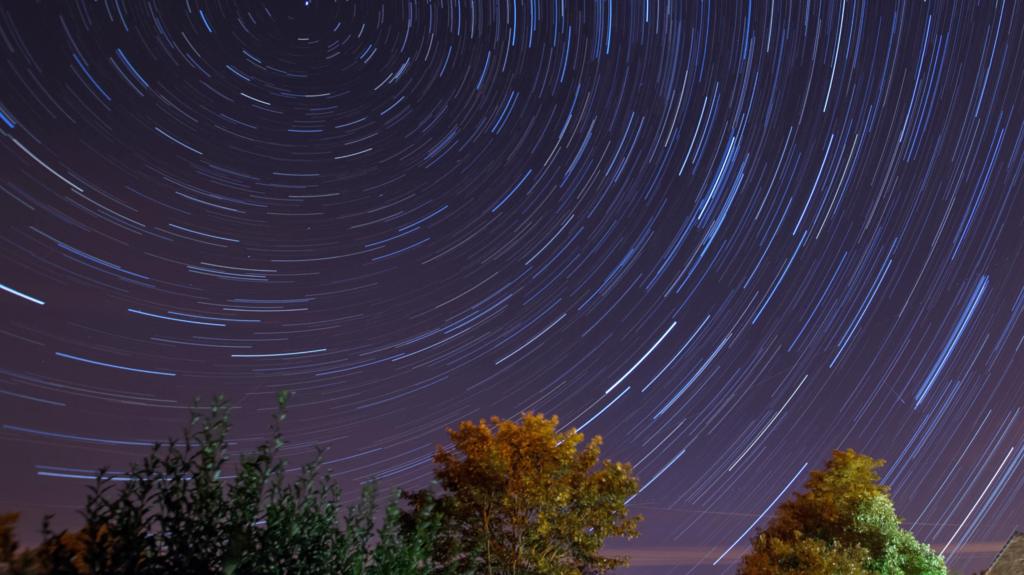Skywatchers are poised for a celestial spectacle as the Perseid meteor shower reaches its anticipated peak on Tuesday night, promising a potentially brilliant display.
Renowned for its swift and radiant meteors, often referred to as “shooting stars,” the Perseid shower graces the summer skies annually.
However, the luminous glow of the recent Sturgeon Moon may temper visibility, potentially obscuring fainter meteoric streaks.
While the Perseids are visible without special equipment, local weather conditions will significantly influence observation, so consult your forecast beforehand.
Meteor showers occur as Earth traverses trails of cosmic dust and debris shed by comets and asteroids.
The Perseids originate from Comet Swift-Tuttle, which completes an orbit around the Sun every 133 years.
Dust particles from the comet enter Earth’s atmosphere at approximately 37 miles (59 kilometers) per second.
Upon entry, these particles incinerate, generating the luminous flashes recognized as meteors.
Historical records of the Perseids date back nearly 2,000 years, with early observations documented in ancient China.
The shower derives its name from the constellation Perseus, from which the meteors appear to radiate.
In 2025, the Perseids will peak on the nights of August 12–13.
Meteor activity typically intensifies after midnight, with optimal viewing just before sunrise, although some meteors may be visible earlier.
This year, the peak coincides with lingering brightness from the Sturgeon Moon, which reached its full phase on August 9 and will still be prominent.
“This year’s peak unfortunately lines up with a full moon meaning even in dark sky areas it will be impossible to see the full 100 meteors per hour,” said Finn Burridge, science communicator at the Royal Observatory Greenwich.
“However, [the Sturgeon Moon] is no reason not to go out and enjoy the shower – it is still likely that you will see at least 1 or 2 fireballs per hour, even with a full moon,” he added.
For darker skies, consider viewing on nights between 16 and 26 August, though meteor activity will be lower.
“Dates nearer to the shower’s peak offer the best chance, but this also coincides with the full moon,” said Mr Burridge.
“After the full moon is more likely the better time to view, since the Moon will rise later in the night, so I would recommend the peak nights as well as weekend of 16 and 17 August,” he added.
Mr Burridge gave a few tips to “maximise your chances of seeing a shooting star”.
Tuesday will be hot during the day for much of the UK, and overnight temperatures into Wednesday are likely to be above average too.
The current forecast suggests there should be clear skies for large areas of the country, although clouds could build through the night in some places.
Check BBC Weather for the forecast in your area.
The West African country investigates how a space rock found there was put up for sale in New York.
The small meteor lit up the night sky on Thursday and may have landed as meteorites across a vast area of the west Highlands.
What is though to be a giant meteor has been spotted over the west of Scotland.
The American Meteor Society has described it as a bolide, a large and rare fireball that creates a sonic boom.
New research suggests a meteorite hit north-west Scotland 200 million years later than previously thought.

